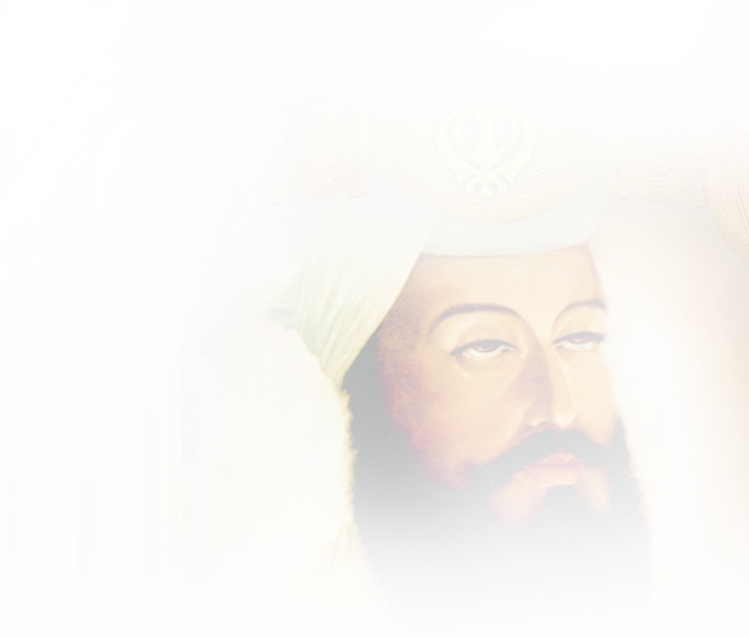Adi Granth and Dasam Granth
There are two granths or volumes that tower above the rest in Sikhism: Adi Granth or “First Book” and Dasam Granth or “Tenth Book.” The Adi Granth is considered by Sikhs to be the holy abode of the Sikh eternal Gurus. Hence, all Sikhs call it the Guru Granth Sahib, which in its expanded form is called Adi Sri Guru Granth Sahibji, which translates into English as “The Most Revered Granth Which is the Guru.”
Dasam Granth is shrouded in controversy in the Panth on account of questions concerning its composition and authorship. No such questions pertain to the Adi Granth. Meticulously compiled by Guru Arjan in 1603-04, Guru Granth Sahib contains a total of 1,430 pages in the modern printed edition. The focus of the Adi Granth is remembering of the divine name, with little commentary on historical facts.
The Adi Granth is successfully divided into 3 sections and organised according to specific ragas, which is a series of five or more notes based upon which a melody is composed. The first, brief section is comprised of liturgical works. The lengthy second section is devoted to 31 ragas, and the third and last section is a short epilogue comprising of miscellaneous works.
The Adi Granth commences with the Mul Mantra, which is the basic statement of belief. This is followed by the only section in the Adi Granth that is recited instead of being sung: the supremely splendid Japji of Guru Nanak, which devout Sikhs generally recite post an early-morning bath. The 9 hymns of the Sodar or “Gate” collection are usually sung by devout Sikhs at sunset every day. Finally, the Kirtan Sohila is a group of five hymns sung before going to bed.
The middle part of the Adi Granth is subdivided according to the raga, with each raga being further subdivided into smaller parts. First, there are chaupad hymns, which are followed by ashtapadi and chhant. Finally, there is the Bhagat Bani in place that is attributed to Kabir and other sants. The inclusion of Kabir is a testament to the link joining the Gurus to the sants’ tradition, most of who were Hindus, though two were Sufi Muslims, most notably Farid.
The collection by Guru Arjan included works by the first five Gurus, with minimal contributions by Guru Angad. Guru Tegh Bahadur works were added later, and the Adi Granth was finally complete.
The other predominant work in Sikh Literature is the Dasam Granth, which was prior to the founding of the Tat Khalsa, believed to be Guru Gobind Singh’s work, and thus, Sikhs treated it as an integral part of the Guru Granth Sahib. Most contemporary Sikh scholars agree that the largest component of it comprises of compositions of the followers of Guru Gobind Singh, which he would not have approved. This eventually means that the majority of works present in the Dasam Granth cannot be regarded to be an intrinsic part of the Guru Granth Sahib.
In 1902, Sanatan Sikhs hailing from the Amritsar Singh Sabha published an authorized version that successfully included the Zafar-Nama and gave it the Dasam Granth title. The modern printed version runs up to 1,428 pages.
Compositions that are eventually accepted to be the work of Guru Gobind Singh include the Jap, meaning “repeat,” which must be differentiated with Guru Nanak’s Japji, meaning “chant,” Bachitar Natak (wondrous drama), Akal Ustati (Praise to the Eternal One) and the Zafar-Nama. Together, these works comprise only a small part of the Dasam Granth. The great bulk of the volume consists of retelling of legends of Rama and Krishna and a long series of diverting anecdotes, primarily accounts of the scheming ways of women. Tat Khalsa was totally against such content and thus rejected the Dasam Granth. Periodically, questions are raised pertaining to its authenticity, primarily by Sikhs who believe that the original version must be correct.



